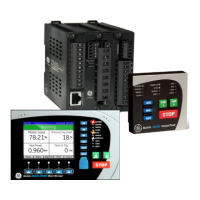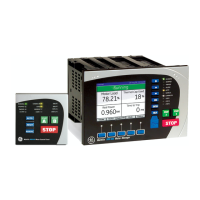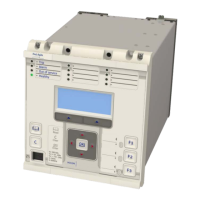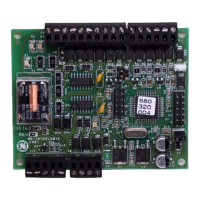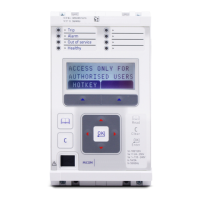3.2 DEFAULT CARRIER AIDED SCHEMES
This product provides support for two Carrier Aided schemes, which can operate in parallel. The schemes are
referred to as ‘Aided Scheme 1’ and ‘Aided Scheme 2’. The schemes have been designed to operate independently
with a separate communication channel dedicated to each one, but they can share a single communication
channel if necessary. If both schemes are used and they share a common channel then, if one of the schemes
initiates transmission of a command signal, both schemes will receive the command and act upon it.
If you don’t want to use the Aided schemes, you should set the relevant Aid. 1 Selection and Aid.2 Selection
settings (in the SCHEME LOGIC column) to Disabled. If the setting(s) are enabled, you are provided with a choice
of schemes; standard transfer tripping schemes, blocking schemes, or custom programmable schemes.
You select the type of scheme you want to use, and then you choose whether to use it in conjunction with the
Distance protection, and/or the Aided DEF protection.
The scheme options are:
● Disabled: No scheme is implemented
● PUR: Permissive Underreach Transfer Tripping (PUPP, PUR, or PUTT) scheme
● PUR Unblocking: Perrmissive Underreach Unblocking scheme
● POR: Permissive Overreach Transfer Tripping (POP, POR, or POTT) scheme
● POR Unblocking: Permissive Overreach Unblocking scheme
● Blocking1: Current reversal guard signal is sent to qualify reverse looking Zone 4 elements
● Blocking2: Received current reversal guard signal qualifies reverse looking Zone 4 elements
● Prog. Unblocking: Allows you to define which elements are used to assert signals for Overreach
Unblocking.
● Programmable: Allows you to define which elements are used to assert signals for Overreach Transfer
Tripping, by using a custom send mask
Note:
The PUR schemes are only suitable for Distance protection. Therefore, if a PUR scheme is selected, the option to allocate to
other protection is not available.
Chapter 8 - Carrier Aided Schemes P543i/P545i
212 P54x1i-TM-EN-1
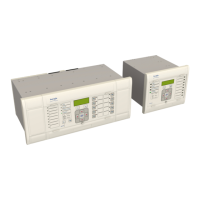
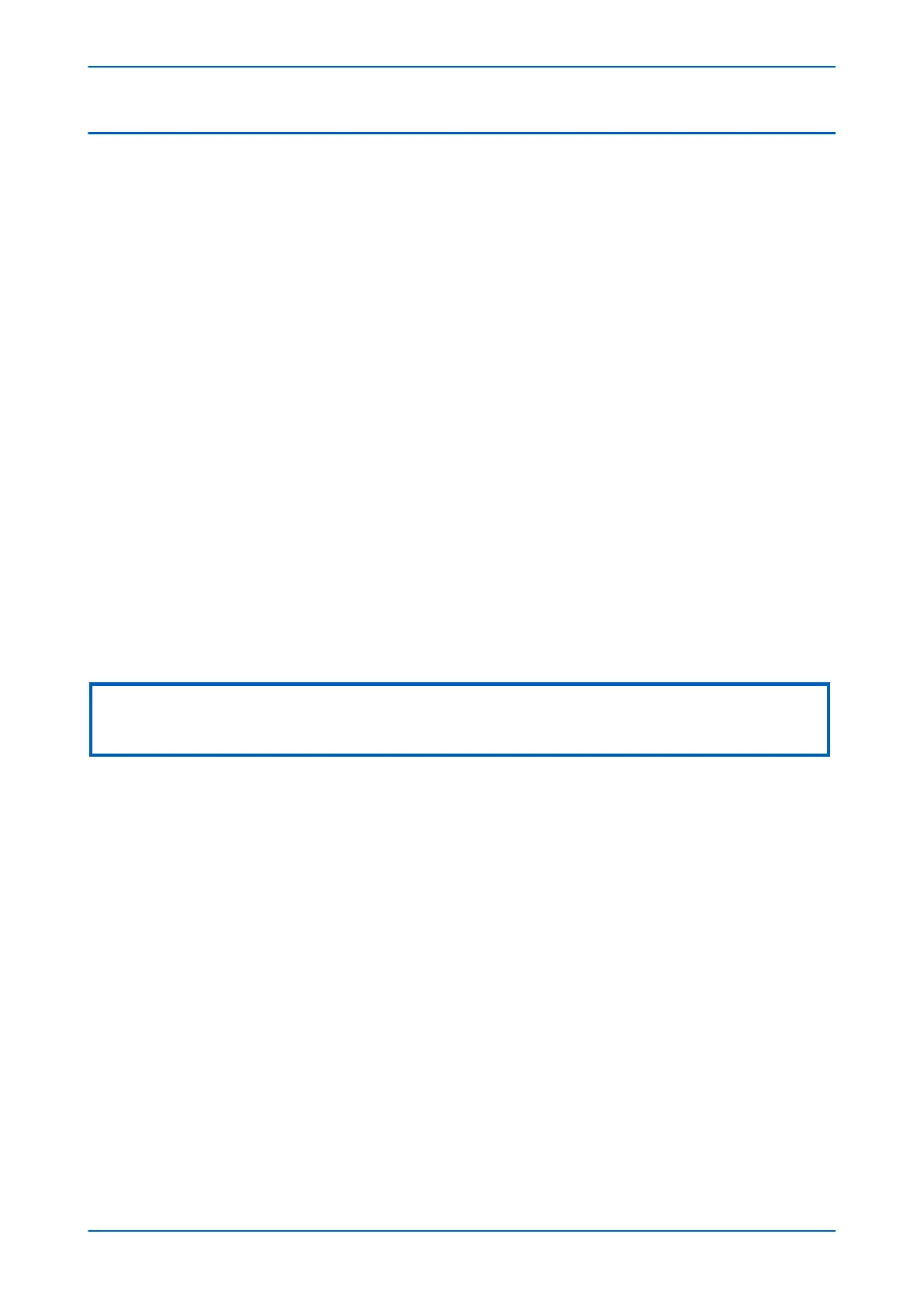